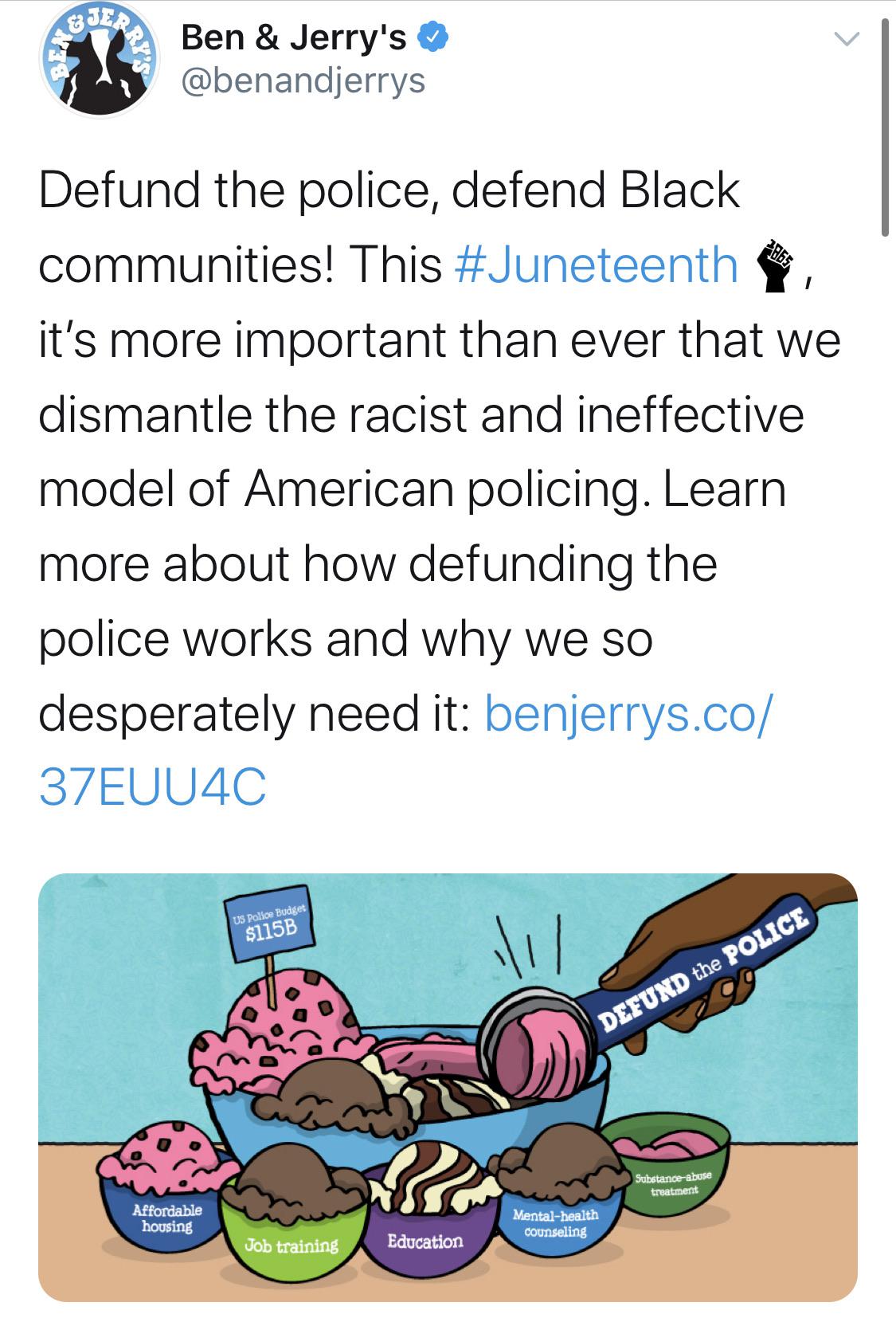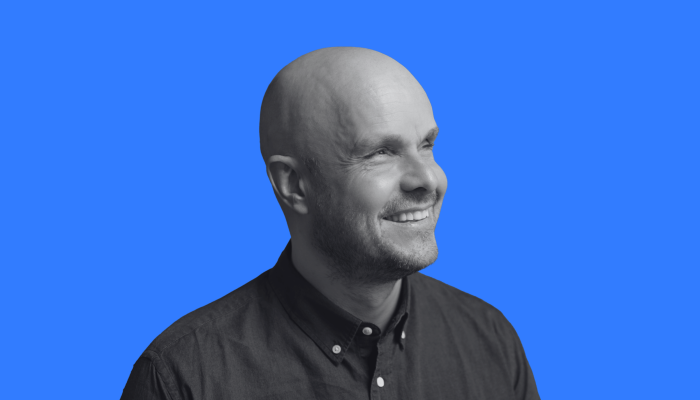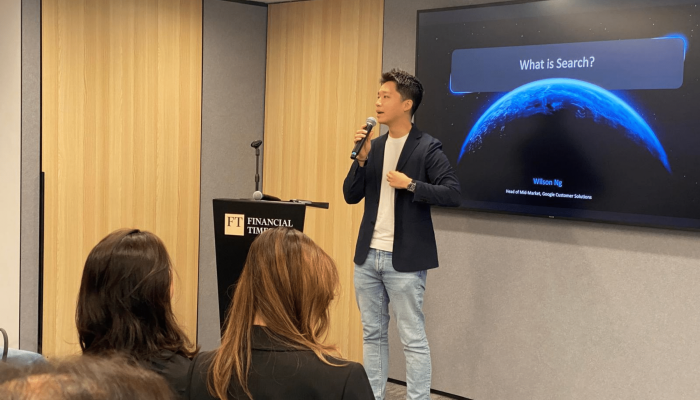Senior Strategist at Forever Beta, Olivia Stancombe, looks at how collaboration can turn brands into platforms for change
Something that’s always puzzled me about advertising is its very particular definition of ‘collaboration’. I’m admittedly a non-traditional adland strategist, having joined the industry two years ago from a future consumer trends agency, but what I considered collaboration seemed naively idealistic compared to the almost utilitarian ‘audience-borrowing’, ‘relevance-shortcutting’ version I encountered on my arrival.
But as a broadcast industry in broadcast society, I continue to believe that collaboration should be a moment of mutual listening and learning in the name of a cause bigger than our own bottom line, especially given the times we live in and the power of the platforms brands have built.
And that kind of genuinely collaborative mindset is something we would benefit from implementing across all levels of what we do: amongst ourselves in the industry, as brands collaborate with each other, and as brands collaborate with society.
Within our industry
Covid-19 has forced us all away from agencies or offices. We’ve now seen directly into the home lives of our colleagues and clients, and we’ve begun talking more openly about the mental health struggles around lockdown and isolation. Professional and personal boundaries have blurred for the better - it has made us all a little more vulnerable and a little more human.
But as workforces are scattered across the country - or even across the globe - and grow tired of endless video calls, the value of a common cause to rally around cannot be underestimated. We always talk about integrated strategy and campaigns, but this can so easily end up being little more than a set of matching luggage. The businesses and brands that will thrive in the future are those who listen to their colleagues and articulate a single unifying thought that means something to everyone in the company, and that helps them see the value of what they do in helping to achieve something bigger. This collaborative spirit not only motivates workforces, it also does a remarkable job of aligning the many arms of a business. And a coherent and aligned business makes for both a more profitable business and a stronger brand.
Brands working with each other
We were already at a social and environmental tipping point before the pandemic hit, with the damage done and the protests against inaction both becoming ever harder to ignore. Now we’re moving into a time when the weight of our shared problems are becoming impossible to ignore. But where it has long been in vogue to disrupt an industry, brands were never quite as quick to try to fix it. That mentality needs to change; industries who share problems must consider starting to share solutions too.
There are a few forward-thinking businesses out there who are doing this already. A recent and admirable example is the collaboration between sportswear giant Adidas and sustainability heroes Allbirds intended to, as they put it, “redefine the playbook on sustainability by co-creating a performance shoe with the lowest carbon emission, ever. Because we can’t get to where we’re going alone”.
Where innovation and intellectual property was once something to be fiercely protected, we’re now seeing an emergence of more altruistic innovation, where capabilities and processes are shared in the name of lifting up an entire industry, not just an individual brand. And with it comes a new perspective on ROI. There’s growing recognition of the significant longer term gains to be made as the emotional consumer preference generated by such positive actions translates into real business value down the line.

Brands engaging with society
It is worth saying that none of us can be expected to perfectly understand a lived experience that is not our own. But we are all expected to admit to our blind spots and actively engage the community or issue we might want to connect with - not just borrow their relevance and audience. It’s the difference between passive and active engagement, and it’s also more often than not the difference between accusations of virtue signalling or praise.

A brand response I particularly admired in this case was Ben & Jerry’s ‘Defund The Police’ campaign. While other brands stated their allegiance to the cause, Ben & Jerry’s went that bit deeper - they critically and actively engaged with the problem around systemic racism and police violence and did not just point at the problem, but used their platform to add momentum to the change that needed to happen.
I can by no means claim to have a textbook approach for such moments. But I will share some eloquent words from Reni Eddo-Lodge in an interview with The Guardian earlier this year in the wake of the Black Lives Matters protests in the US and the subsequent runaway success of her 2017 book ‘Why I’m No Longer Talking To White People About Race’:
“I’m not looking to tell people what to do. People are very willing to give up their agency and look for leadership when they feel impassioned about something and I don’t want that at all, I want them to use their critical thinking skills to challenge racism and I can’t tell them how to do that.”
That spirit of proactive engagement, rather than passive association is the key here. I’d like to think that curiosity and vulnerability will rarely be punished, so engage in these collaborations not as a shortcut or niche channel execution, but with the intention to listen, learn and amplify.
Driving positive change
This pandemic has certainly not been ‘the great equaliser’ that it was initially touted as, but I do like to think it has been a great humaniser. The pandemic, and the long overdue intersectional conversations it has triggered, have forced us to listen - critically and attentively - whether to health advice or to experiences that we’ve had to accept we simply cannot understand. It’s made us aware of the flow of influence and power and the impact it has. And we no longer take it for granted.
Grand as it might seem, I hope that we can take that same lesson into our industry and begin to see collaboration as something bigger than a way to effectively achieve KPIs or shortcut to relevance, and start using the power of brands and media to really drive change.
This article came from issue 8 of Marketing Society publication Empower. Read the archive here.



